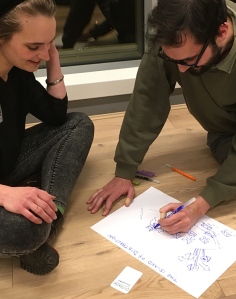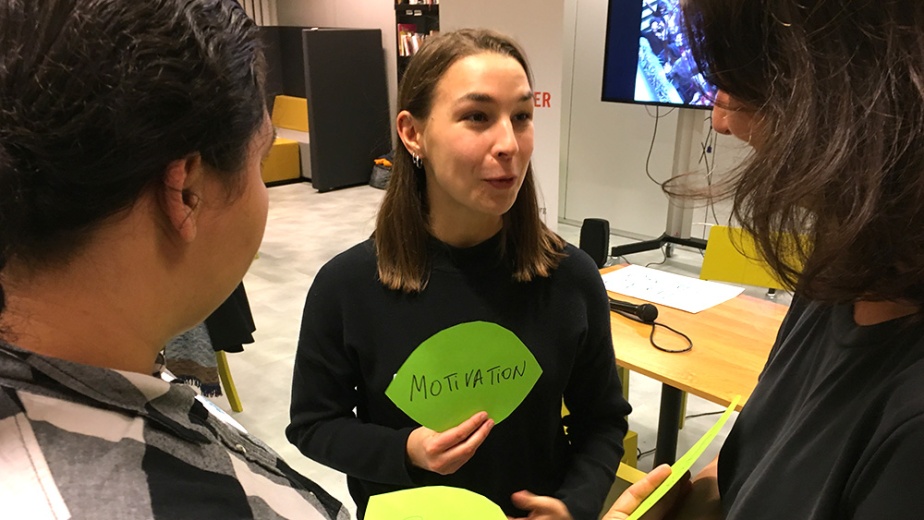Have you ever wondered if it’s possible to connect with the people you work with from the place of imagination?
Welcome to the Curious Islands!
We believe you can spark curiosity and meaningful connection in a safe and fun way!

It is with our utmost pleasure and excitement that we are inviting you to test our new, team-connection card game, The Curious Islands!
In this game you get to create your very own, true to yourself, magical island. Rich with all the features you desire. You will also learn about other islands and your fellow islanders.
The goal of this game is simple. Build, explore and connect your islands. What hidden gems will you discover within the people you will meet along the way?
“(After playing the game I feel) open, relaxed, at ease, familiar. I learned about people through how they related to activities as much if not more than by what they said. Just getting people talking opens connections and some familiarity.”
This game, self-explanatory and not needing facilitation, is designed to foster psychological safety and connection and spark curiosity for further conversations and explorations between participants.
Who is the game for?
The game is for groups of people who know each other or who are just forming. The tone is set by the depth of connection. It is for extroverts, introverts and ambiverts. The game is set up to be experienced while being physically present in a location.
What do you need for the game?
- a comfortable quiet space
- a flat space for the cards
- 4-12 participants (16+ of age)
- 2 hours of your time
- curiosity
We’re looking for teams based in Brussels (10-15 persons) to test it.
Curious to learn more and schedule a session? Click here
We are looking forward to meeting you and your group!
Game developed by Christopher Malapitan and Kasia Skuratowicz


 It is very important to establish a safe and supportive environment to foster learning in a collaborative way. To be able to encounter one another and learn from our varied expertise. Creativity thrives on diversity.
It is very important to establish a safe and supportive environment to foster learning in a collaborative way. To be able to encounter one another and learn from our varied expertise. Creativity thrives on diversity. The Approach
The Approach I created a deck of 39 cards with a single barrier on each card such as ego, fear of rejection, impatience, distraction, conformity, complacency, and over thinking, to name a few. Before each activity participants received a single card, then were invited to take part in a creative activity such as:
I created a deck of 39 cards with a single barrier on each card such as ego, fear of rejection, impatience, distraction, conformity, complacency, and over thinking, to name a few. Before each activity participants received a single card, then were invited to take part in a creative activity such as: The meetup continues to nurture and grow creative behaviour within ourselves and with others.
The meetup continues to nurture and grow creative behaviour within ourselves and with others.  Description
Description






